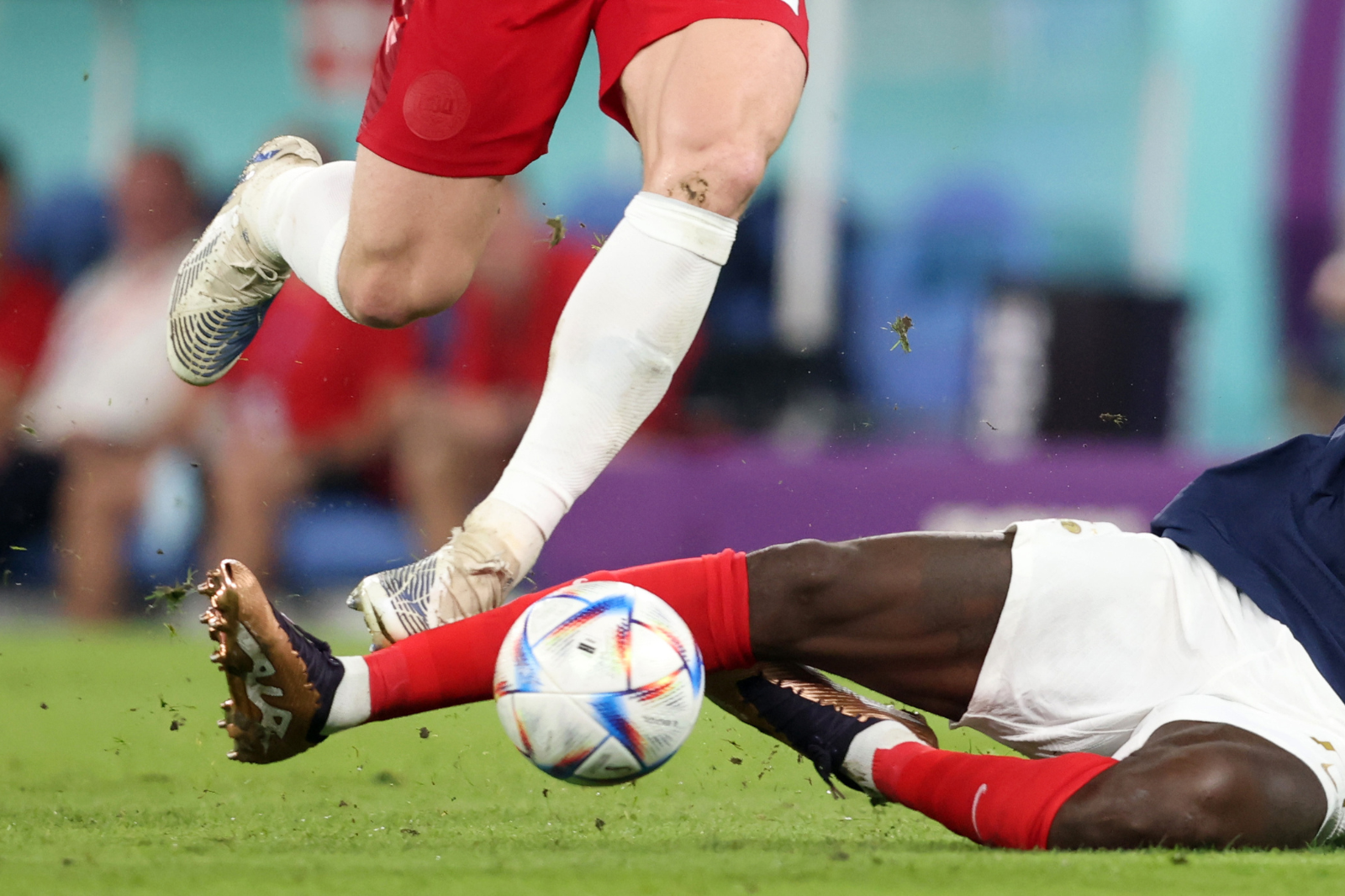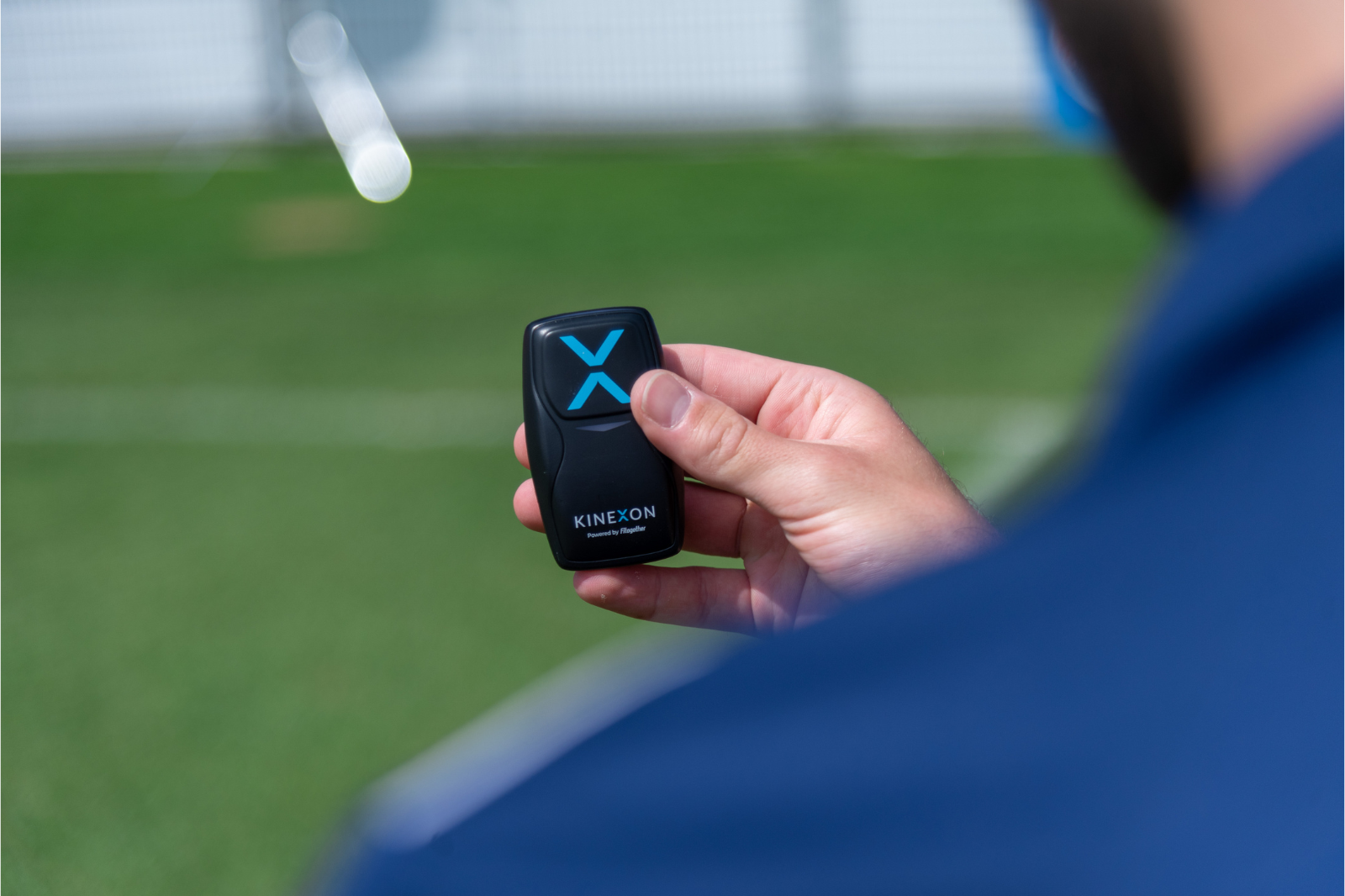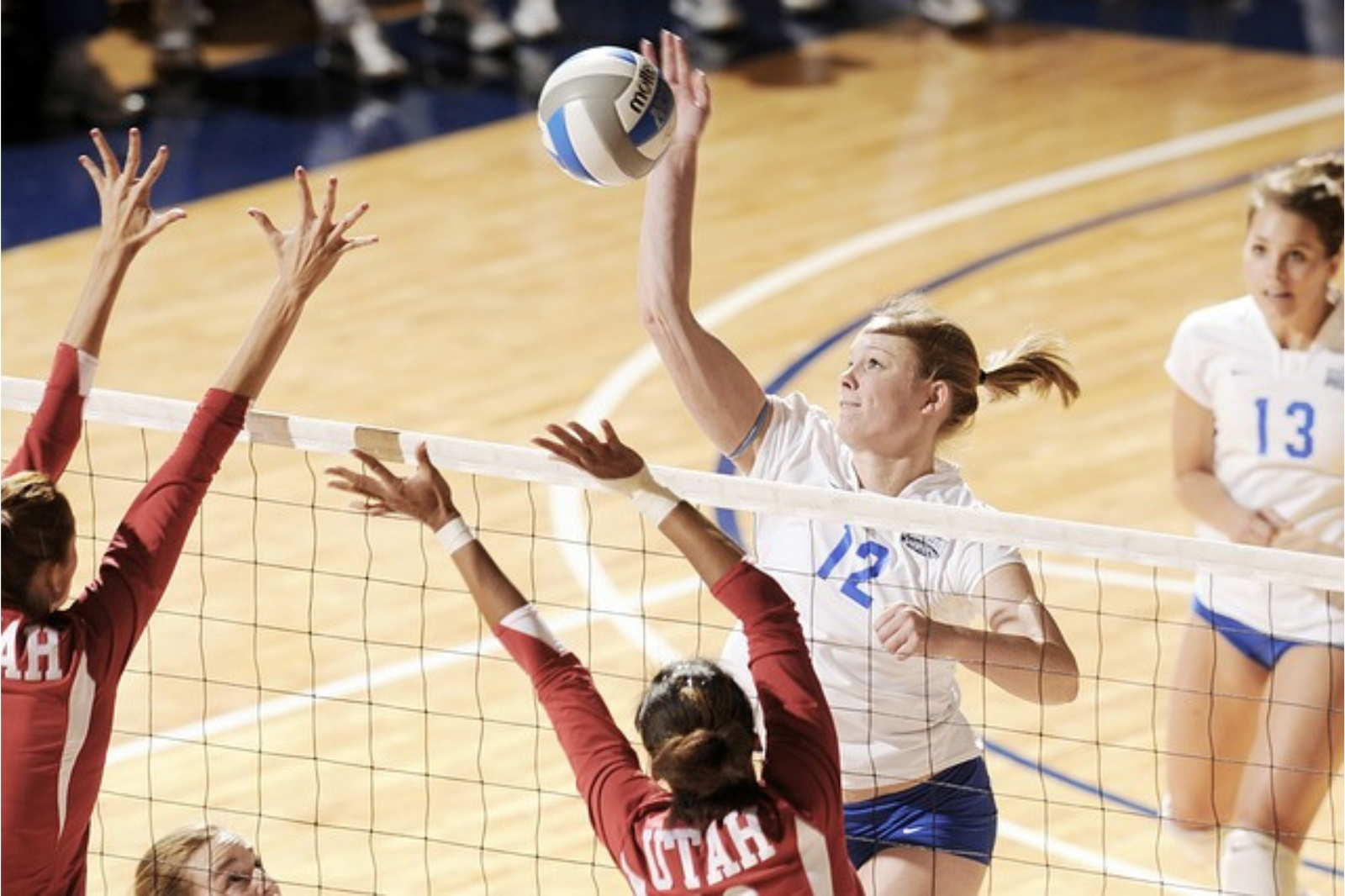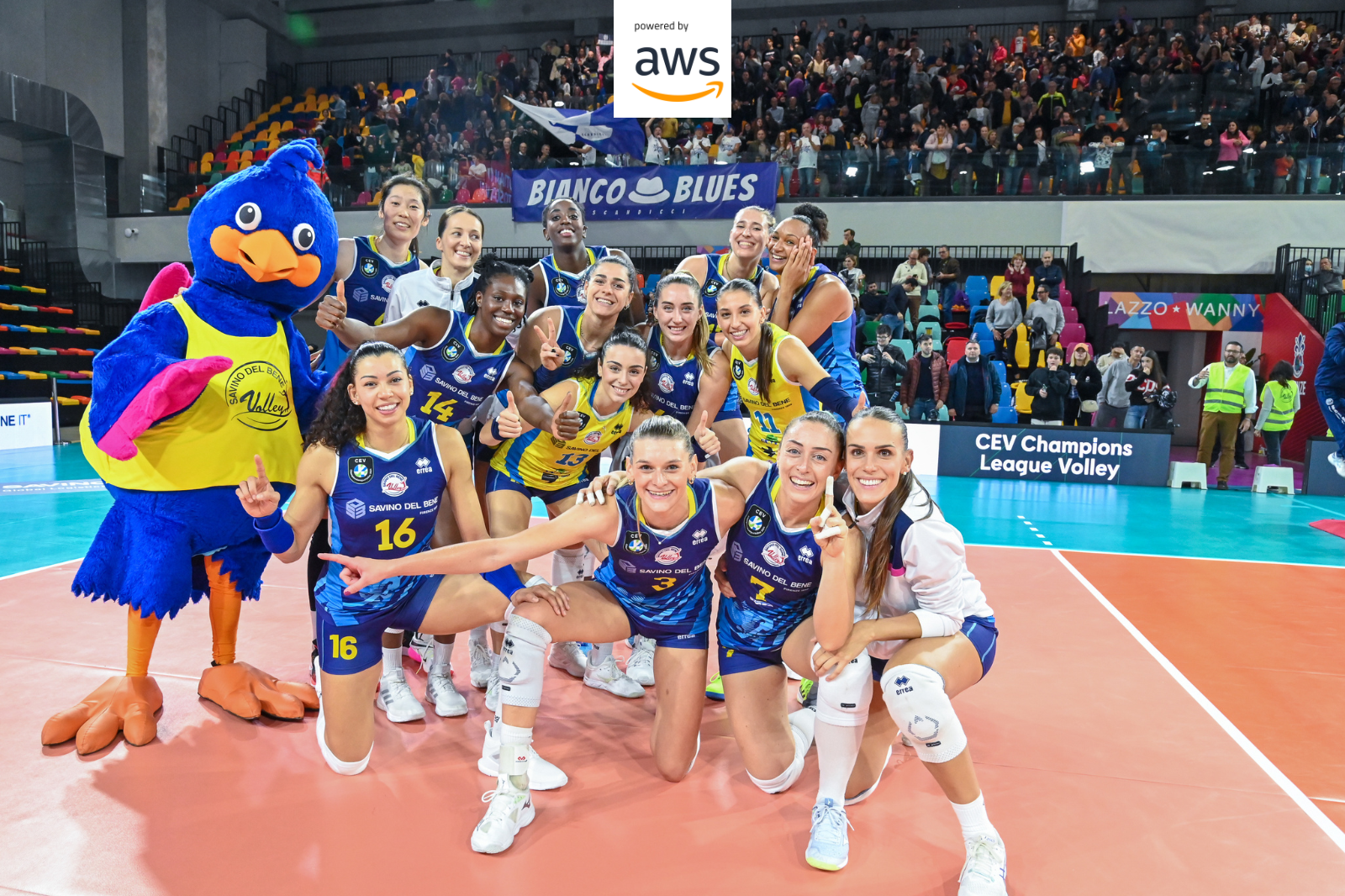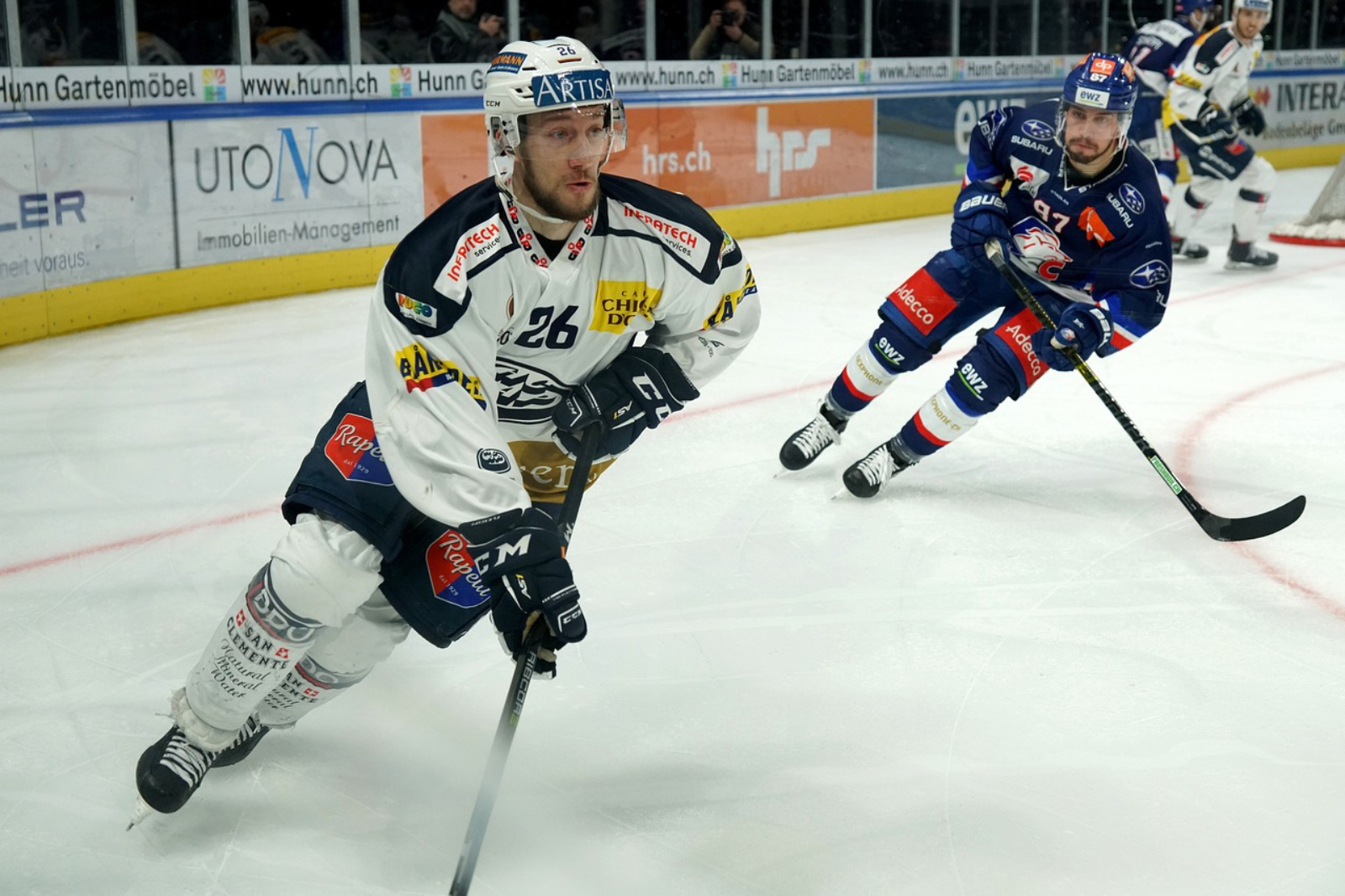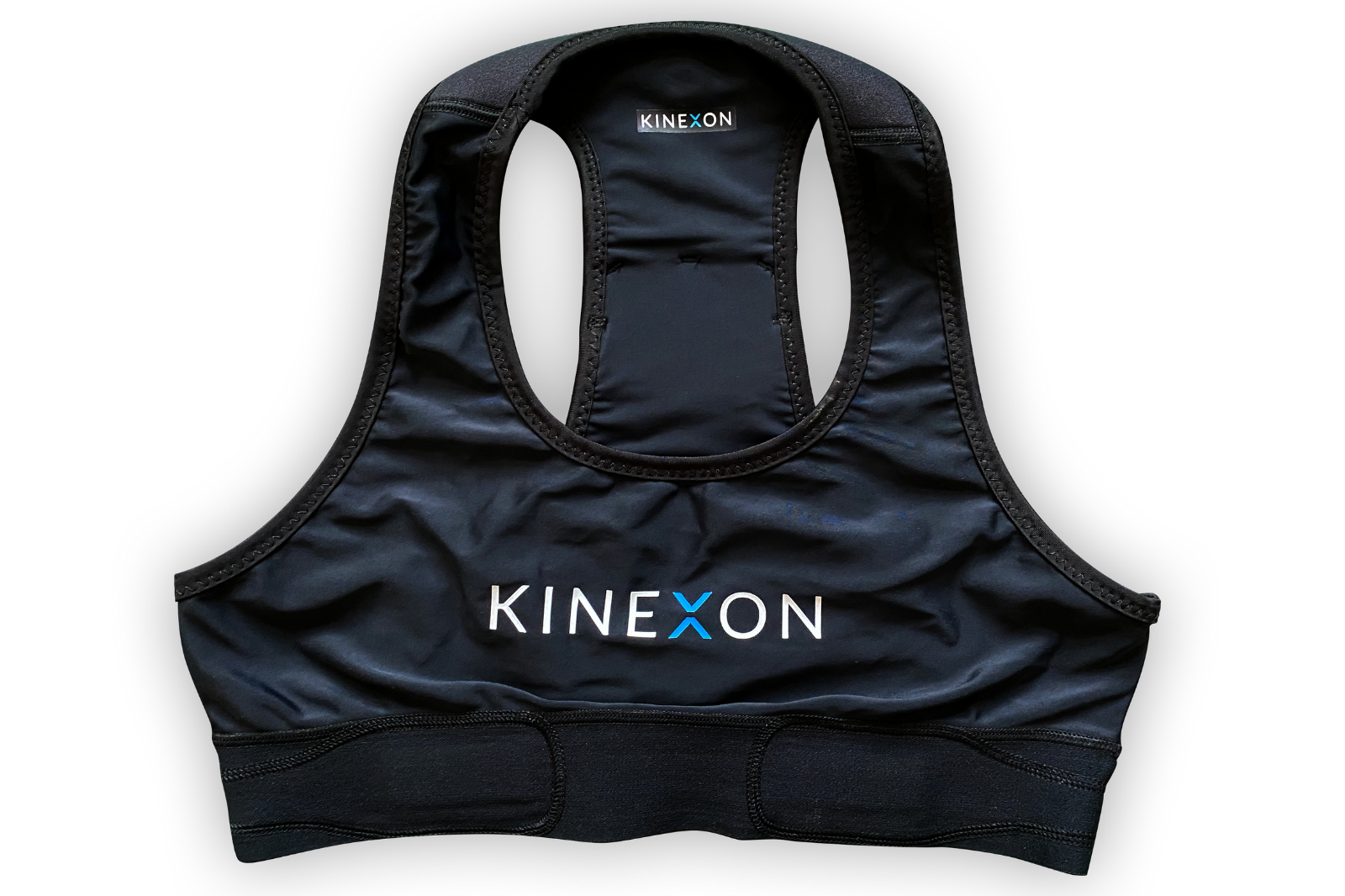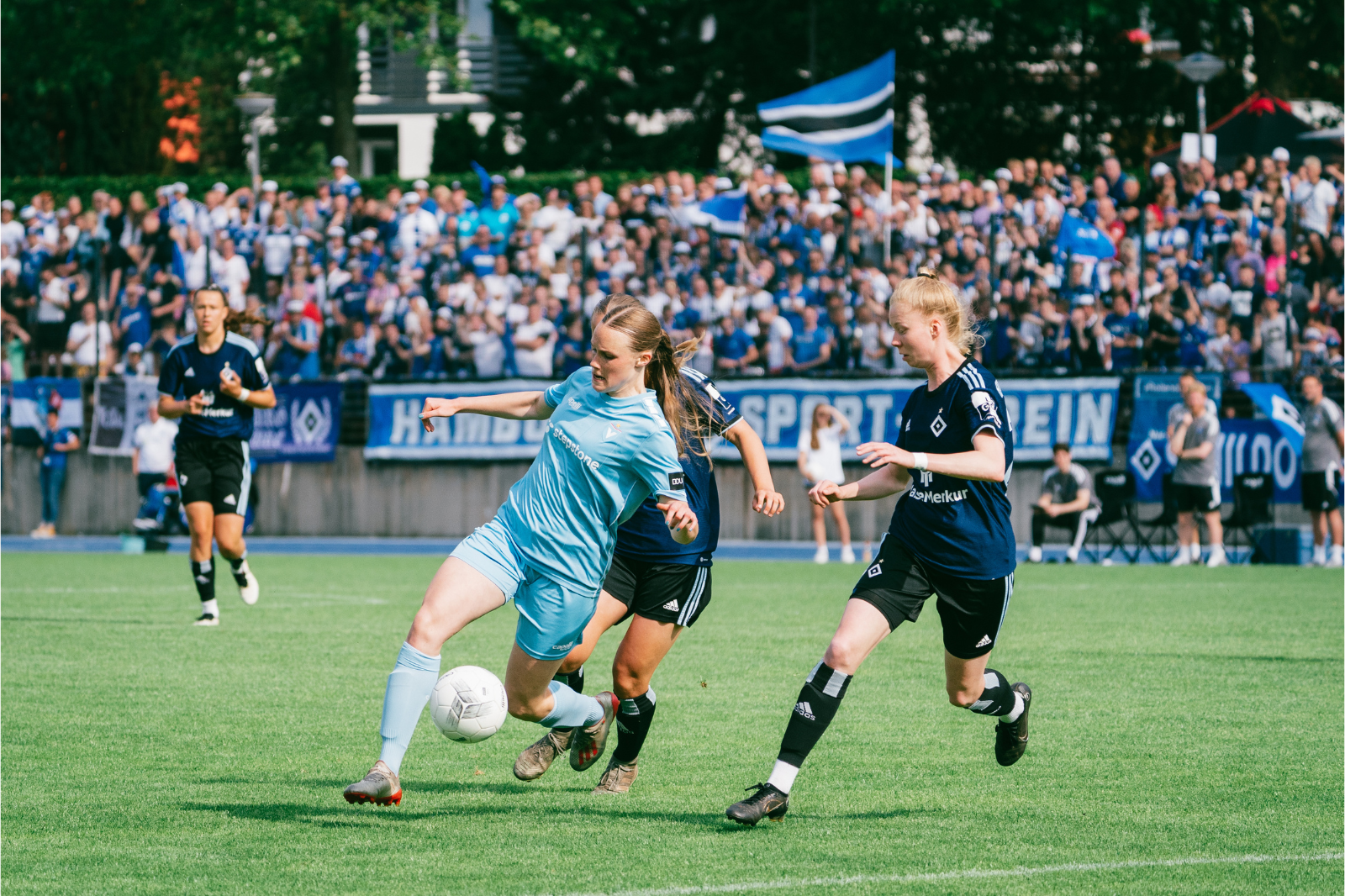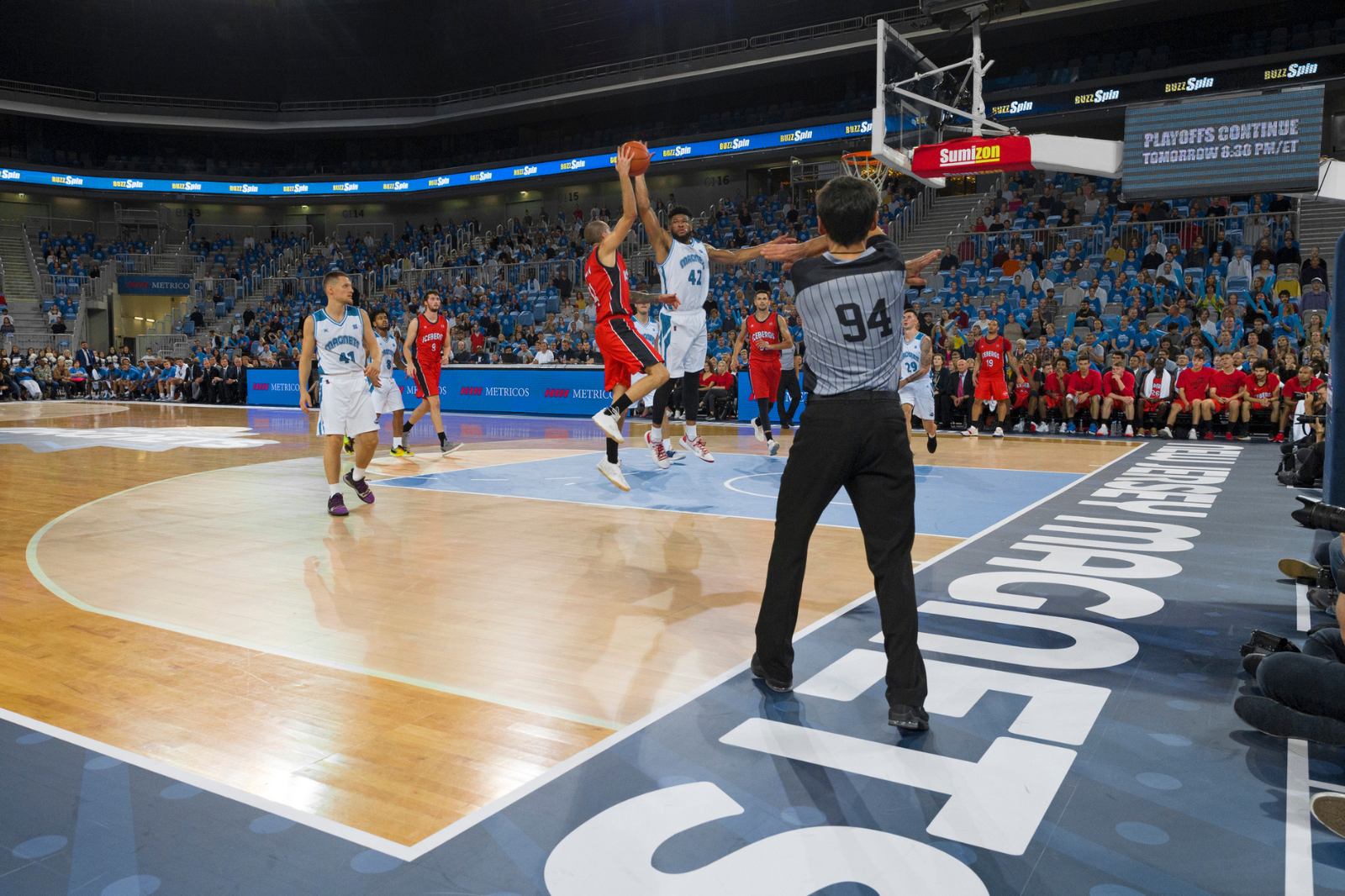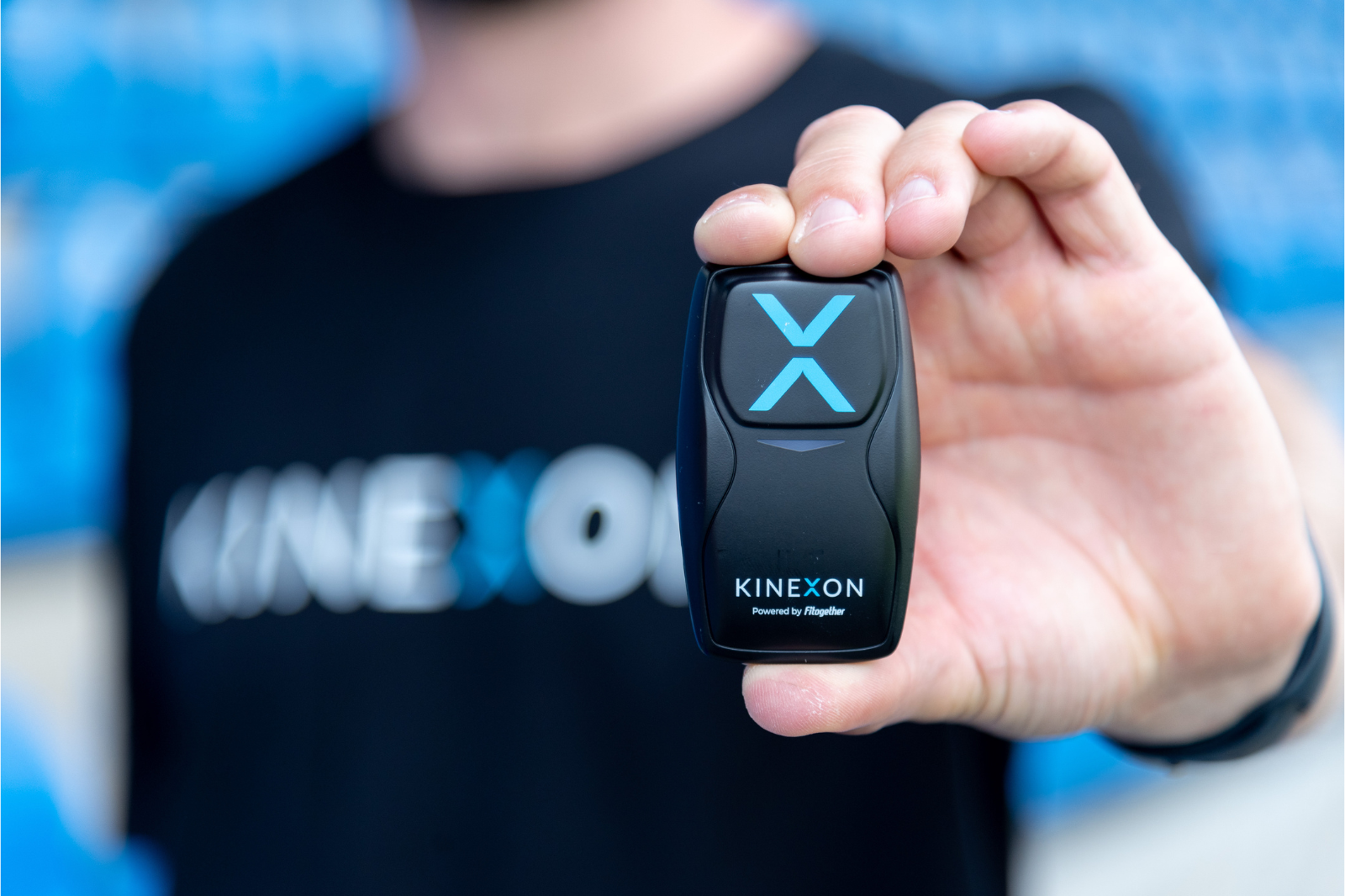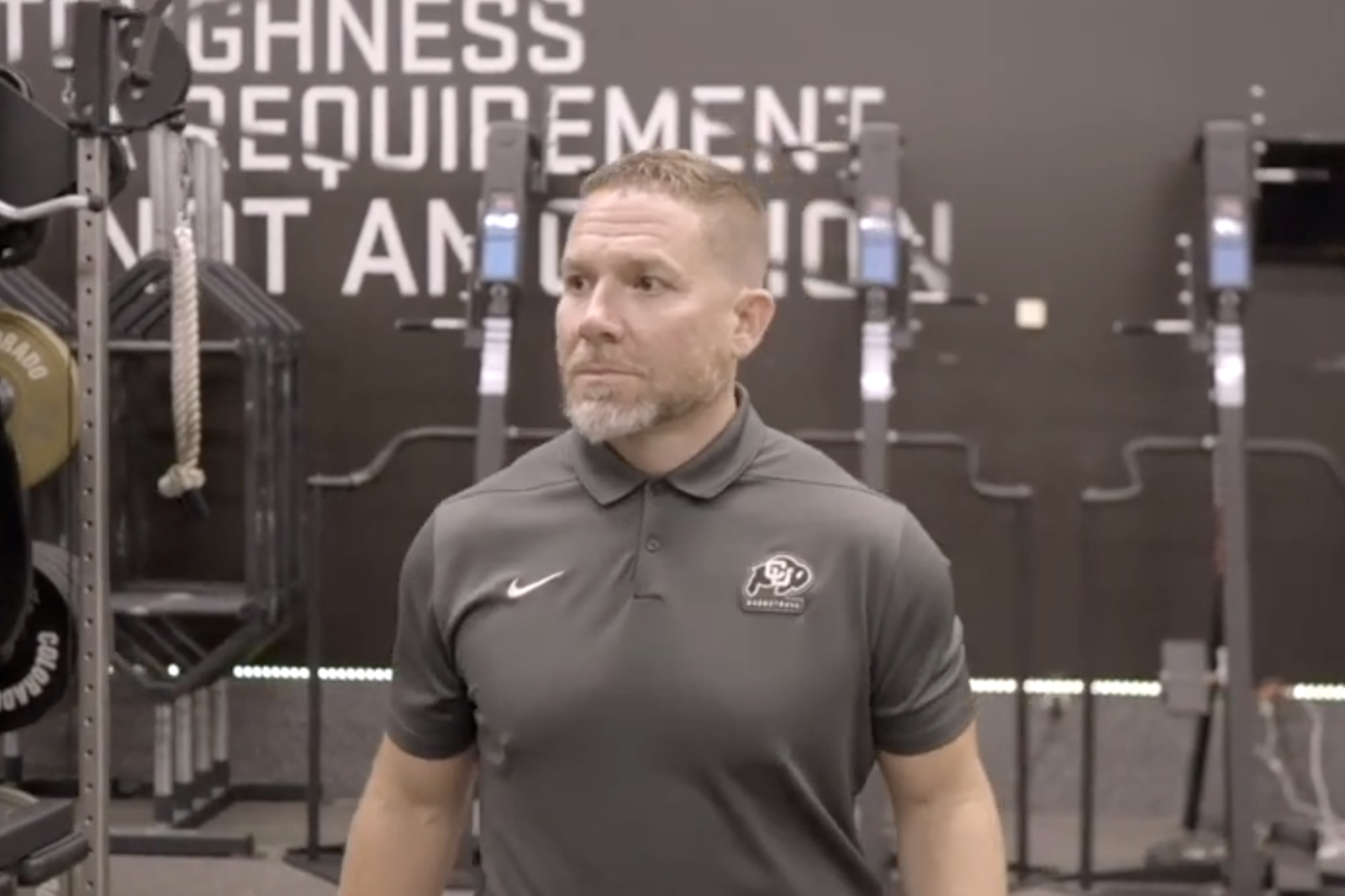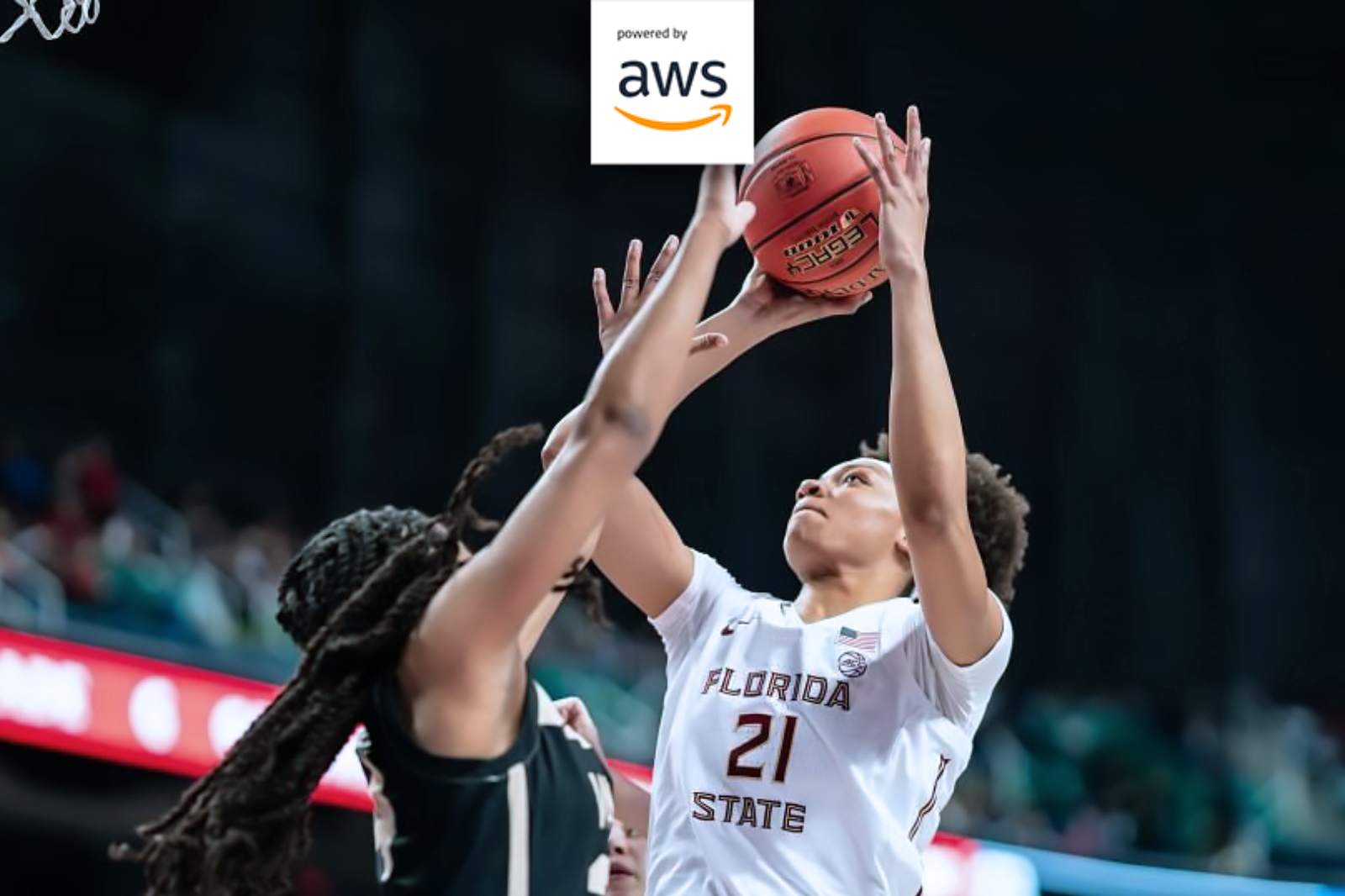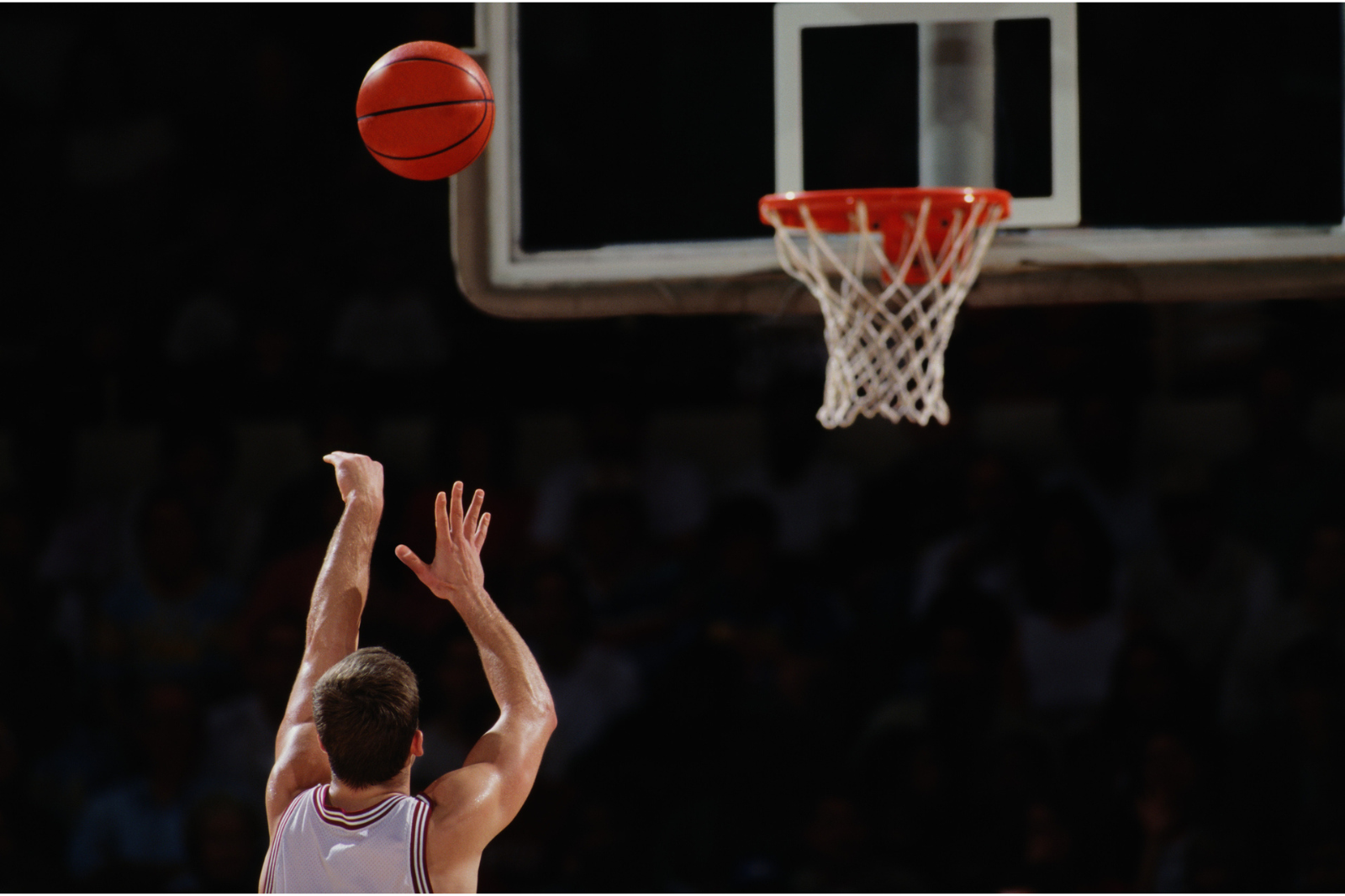Sports Performance: How Live Data Helps Volleyball Players, Coaches and Fans
Player tracking benefits volleyball as much as any other sport. The technology allows coaches to optimize their players’ (sports) performance, while reducing the risk of injury. Through new insights, fans get a deeper understanding of the game. But which metrics matter most? Who benefits precisely, and how? Read about the boost live data provide players and fans with.
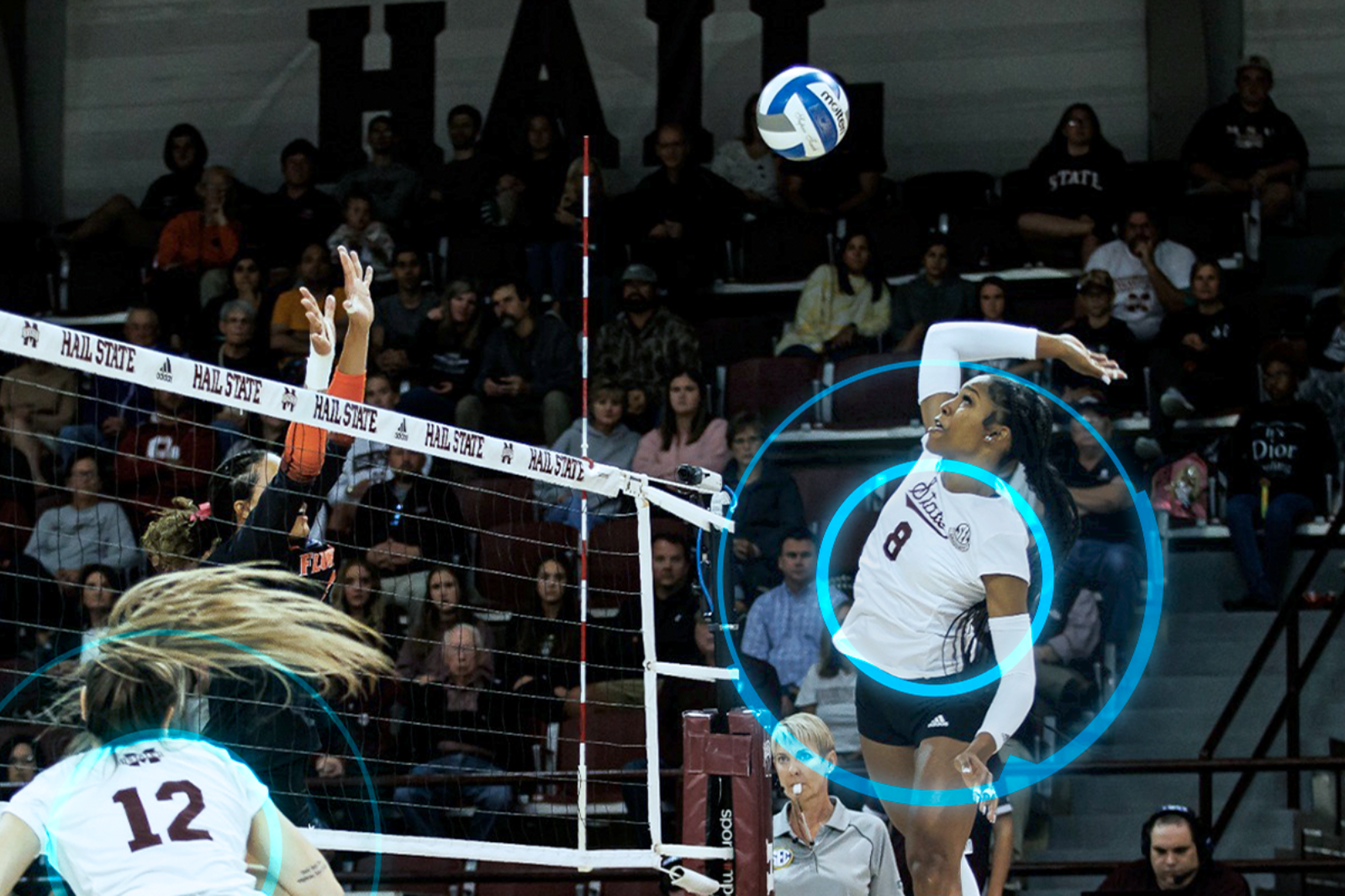
Are you looking for specific data that verifiably helps improve a volleyball team’s (sports) performance?
Our recent webinar explores the power of athlete monitoring and player tracking. The complete session is now available on-demand.
What volleyball “lacks” in long-distance runs and physical contact, the sport “makes up” with short-term, high-intensity loads. Players sprint. Stop. Jump. Land. Jump again. Dive for the ball. They do it repeatedly; within a short amount of time. Plus, they cannot hold the ball. Once they have touched it, they must prepare for the next movement. All these factors combine for a game, physically and mentally demanding a lot from its players.
Athletes need to be quick, agile and sharp. Plus, with games lasting up to two hours or even longer, players have to perform well in both aerobic and anaerobic zones. Sudden changes in direction, stops, accelerations and jumps add a lot of wear and tear to joints and muscles. Being able to track the load, coaches can adapt their training plan taking into account the players’ fitness and performance level individually and as a team. The data helps lead the athletes towards their maximum or manage their load if needed.
Which Metrics Can Make a Difference in Volleyball
To prepare volleyball players optimally for games and protect them from injuries, coaches must paint a comprehensive picture of their athletes’ performance and movements on the court. To do that, contrasting and combining external and internal metrics is crucial. Particularly vital data is:
- Jumps
- Acceleration Load
- Accelerations / Deceleration
- Heart Rate
- (Training) Time
Being able to track their players in real-time, and analyze the metrics with the ball still in play, coaches can adapt on the fly. During a match, they can tweak their tactics or substitute players who show the first signs of fatigue. Receiving live insights in training helps adapt the session should it not present coaches and players with the desired results.

My experience shows that teams use the system in match and training placing particular interest to „Accumulated Acceleration Load“ and „Jumps“, with details such as number, height, etc. Gaining that objective data supports coaches in their daily work and helps with training and load planning.“
KINEXON and Player Tracking in Volleyball
Tracking athletes in real-time is precisely what KINEXON offers. Plus, the technologies provide volleyball teams and coaching staff with the metrics they need to improve their players’ performances and protect them from injuries. Those solutions are based on ultra-lightweight sensors female players can wear between their shoulder blades on their tops or in their shorts’ waistbands (male players). That way, the devices do not affect the athletes’ freedom of movement and performance.
Once a match or training session has started, KINEXON’s player tracking solutions offer various metrics, with distance, accelerations, decelerations, and heart rate among them. That way, coaches and players receive deep insights to manage load and improve performances. This holistic system benefits performance analysis, as well as continual improvements.
Coaches and players use the short breaks during games to briefly check metrics through the live feature to adjust the game plan if necessary, and get constant feedback about their performance.
More Cases of Player Tracking in Volleyball
The Association of Volleyball Professionals (AVP), where beach volleyball athletes can qualify for the Olympics, has taken notice. The USA’s longes-standing beach volleyball tour has implemented KINEXON tracking tools into their tournaments and received great feedback from players, coaches and fans alike. The integration of live player tracking in high-level events to collect athlete data particularly intrigued players. They view technology as the key to finding new ways to improve themselves while trying to exploit their opponents’ weaknesses.
At the same, broadcasting partners used the metrics on live TV to give viewers a whole new experience and understanding of the sport, something the AVP sees as an opportunity to gain new fans and relate them more to the sport. Plus, it helps coaches and players deal with the demands of a sport based on short-term, high-intensity loads.
I would recommend KINEXON to the volleyball community, to clubs, indoor academies, beach academies, NCAA teams (…). Everything they capture in our sport is easily transferable to all levels (…). It’s going to be the next wave of the future of recruiting.
